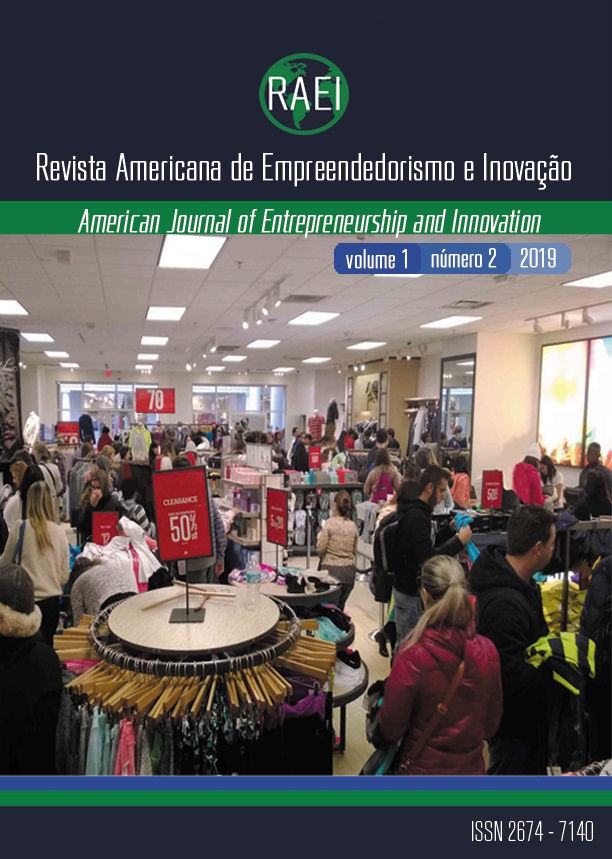SUSTAINABILITY OF PERMANENT PRESERVATION AREAS (PPAS): A MATHEMATIC APPROACH OF WHITE ANGICO (Anadenanthera colubrina)
DOI:
https://doi.org/10.33871/26747170.2019.1.2.3117Resumen
Brazil has a high demand for wood for the most varied purposes, and almost 20% are wood from native species, especially Angico. Related to the vegetation of permanent preservation areas (PPAs), they have important ecological roles of protecting and maintaining water resources, conserving the diversity of plant and animal species, and controlling soil erosion and the consequent siltation and pollution of watercourses. Then, 74 portions were demarcated along of the permanent preservation areas (PPAs), 5 X 100 meters, totaling 500 m² each portion. The samples were collected in a permanent preservation area (PPA) of rural properties in the western of Paraná State (Brazil). The observed values of the frequency distribution were adjusted using the software called Statistics in order to analyze the Normal, Gamma, Log-Normal and Exponential probabilistic distributions and the Excel program was used to analyze the Weibull probability distribution with 2 and 3 parameters. In order to test the adherence of the functions to the data, the Kolmogorov-Smirnorv (KS) test was used. When the frequency distribution was analyzed, it was observed that the samples collected and distributed in classes of the Angico species have native forest behavior, in other words, the inverted curve in "J" , and that most individuals are in the first two classes of samples.Descargas
Los datos de descargas todavía no están disponibles.

